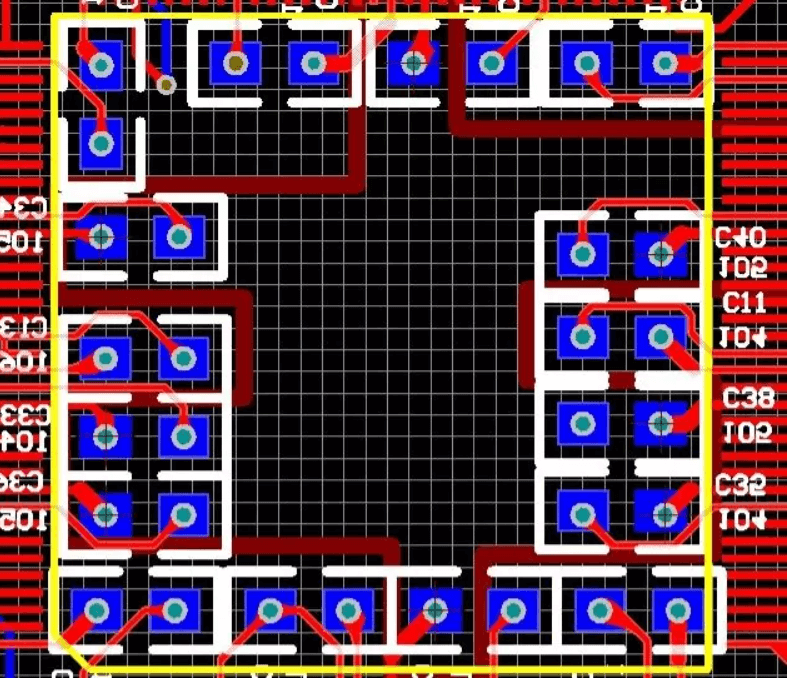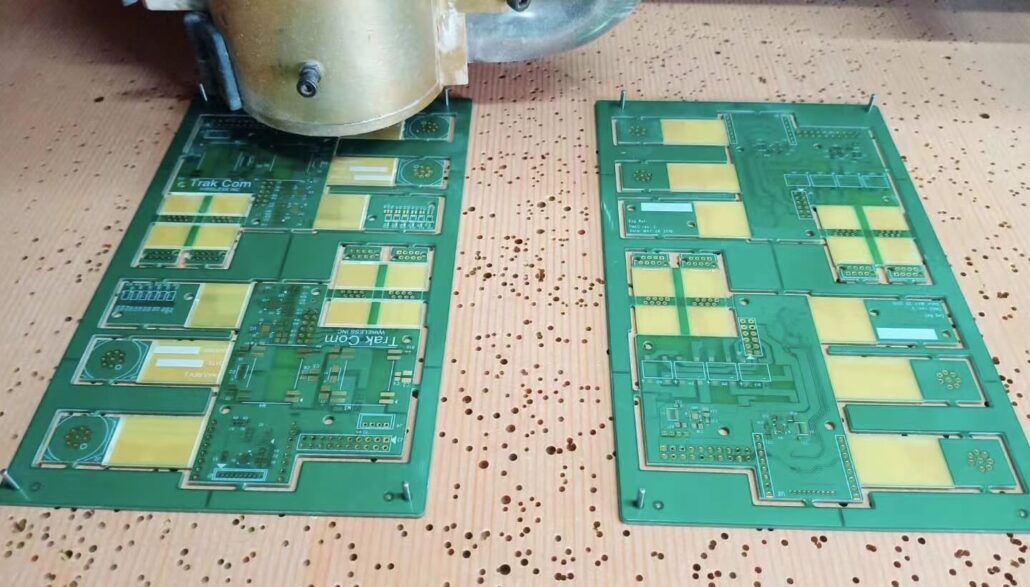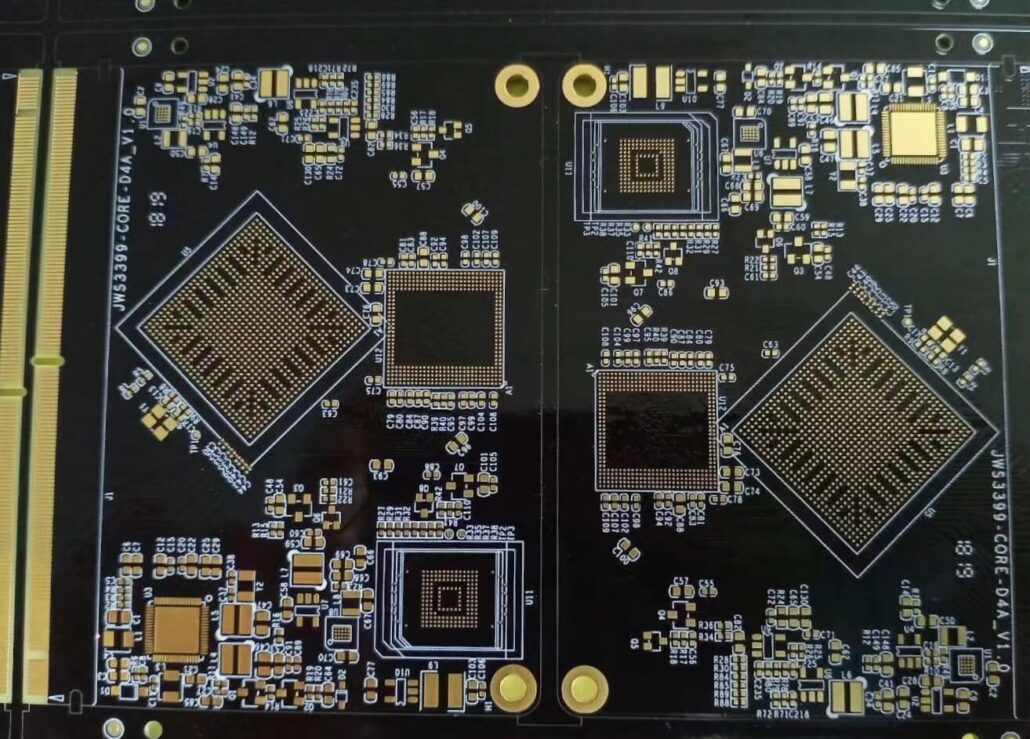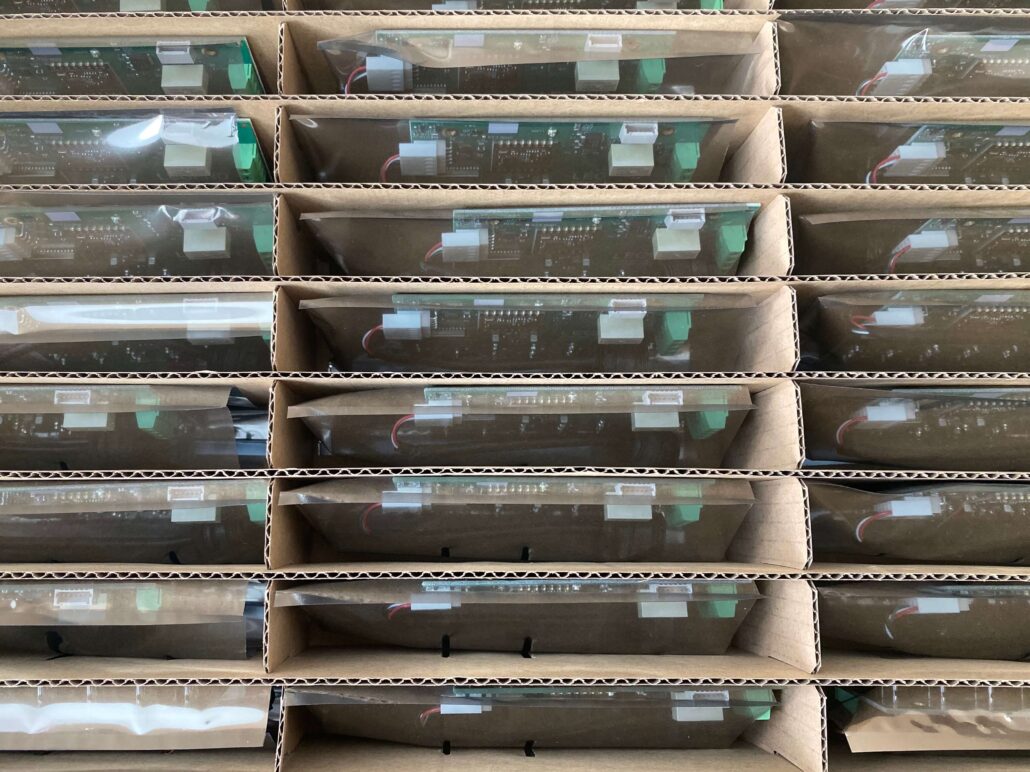IPC standards include a wide range of pcb board assembly manufacturing requirements for all aspects of printed circuit boards.IPC has over 300 validated multilingual industry standards covering virtually every stage of the electronics development cycle. These include SMT PCB Manufacturing through-hole and microtia manufacturing, substrate materials, solder joint strength, resist thickness and materials, and many other manufacturing requirements.IPC Assembly Standards have become the trusted standard in PCB Manufacturing. Different manufacturers and product organizations have production standards to follow.
Why implement the IPC standard?

- T tens of thousands of industry practitioners develop IPC standards with high authority and reliability. It helps us PCB manufacturers control the final product’s quality and reliability.
- IPC standards create a common terminology that the global electronics industry can communicate and improve production efficiency.
- Each IPC standard must have been thoroughly tested. Working under IPC standards reduces the cost loss from non-standard processes.
IPC standards are strictly enforced at PS Electronics. The two functions work together to meet more demanding and flexible requirements.
Importance of IPC Assembly Standards
IPC Assembly Standards represent all acceptance criteria for the production of PCBs. IPC is a standard specified by various authorities after various verifications. It determines whether the pcb manufacturing is more reliable or not. Generally, a pcb that meets the standards will be safer, more reliable, and higher performing. To obtain high-quality, reliable products that exceed customer expectations.
We can require pcb board manufacturers to produce products that must pass the IPC standards to commit to quality. One of the main benefits of adhering to IPC standards is that the company can be sure that the results will satisfy the end customer. This is because all steps in the manufacturing process are reliable.
When looking for a pcb manufacturer, choose a team with IPC or CIT certification as their partner. A professional PCB board manufacturer can keep abreast of IPC manufacturing standards and produce the best products. This is because most of the time, all these IPC standards are modified and enhanced regularly.
What standards are there for electronic products and PCBs?

For electronic products, the following standards are available.
- ISO (International Organization for Standardization)
- IPC (Institute of Electronic Industry Connection)
- IEC- (International Electrotechnical Commission)
- ITU (International Telecommunication Union)
What are the IPC manufacturing standards?
The PCBs we buy today has gone through many manufacturing standards before they leave the factory. Because of these IPC electronics standards, the products we use today are more reliable. Of course, there are many types of IPC electronics standards, such as minimum implementation standards, commercial implementation standards, and so on. Currently, our most common implementation standard is IPC-A-610. If you want to use a common standard for pcbs manufacturing, you should choose IPC-2581. We also need to be familiar with the IPC standards for PCB Manufacturing.
When we customize PCBs, we can ask the manufacturer to produce according to the corresponding IPC standard according to the aspect we focus on.
Common standards
Electronic Components: J-STD-020, J-STD-033 and J-STD-075
PCBs:
- Materials: IPC-4101, IPC-4200 series, IPC-412, and IPC-4562
- Manufacturing: IPC-4101, IPC-4200 series, IPC-412, and IPC-4562
Electronic Components
- Materials: J-STD-004, IPC-HDBK-005, and J-STD-006
- Assemblies: IPC-A-610, J-STD-001, IPC-7095, IPC-HDBK-830, IPC/WHMA-A-620, and IPC-7711/771
- Design: IPC 2200 Series and IPC-7351
Other common IPC standards
1. IPC-2581:
IPC-2581 is a common standard for designers and manufacturers. It is a standard format for exchanging design information and ensures consistent production results.
2. IPC-2221:
IPC-2221 is a common standard for PCB design. Specific specifications are included in the 2220 series for PCBs, such as flexible, rigid, and others.
- 2221B: A general standard for printed circuit design.
- 2222A: Cross-sectional design standard for rigid PCBs.
- 2223D: Flexible PCB / rigid-flexible pcbs.
- 2224: PC PCB standard.
- 2225: Cross-sectional design standards for organic multi-chip modules (MCM-L) and MCM-L.
- 2226: High density interconnect board (HDI).
3. IPC-4101C:
Mainly uses to limit rigid or multiplayer PCBs. It covers the requirements for substrates, often called laminates or prepregs.
4. IPC-6012B:
Specification IPC-6012B specifies rigid PCB manufacturing qualifications and performance requirements. It creates conditions for different product categories regarding structural integrity, solderability, and conductor spacing.
5. IPC-A-600F:
This document sets the acceptance criteria for PCBs. It identifies which conditions are acceptable and unacceptable for the board. It is applicable to all PCBs.
6. IPC J-STD-001:
IPC J-STD-001 focuses on the control of the PCB board assembly manufacturing process. These IPC standards mainly focus on PCB soldering, linking materials, etc.
7. IPC-A-610:
Specifies the acceptability of electronic components, providing standards for the acceptance of the final product. This is the most used standard that IPC has published.
8. IPC-A-620:
This document provides standards for acceptable cable, wire and harness assemblies. It can also be used to purchase products.
9. IPC-TM-650:
This is the test manual for IPC standards for pcb. Can evaluate all aspects of PCBs in a standard way. For example, IPC-TM-650 2.6.14.1 can test the method of electronically migration tendency on the board surface; IPC-TM-650-2.3.25.1 can test ion cleanliness measurement, etc.
10. IPC-A-600:
Is the acceptance of printed circuit boards. Companies can verify the quality of printed circuit boards by contacting PCB manufacturers.
11. IPC-A-630:
This IPC standard is used to check the box structure. In addition, this specific code helps companies manufacture, test, and inspect electronic products.
12. IPC/WHMA-A-620C:
This specific IPC standard represents the requirements and acceptance of cable wires. By applying this IPC standard, one can check the manufacturing used in PCB assemblies.
13. IPC-7711/7721C:
This document can be used to repair, modify, or rework a PCB manufactured.
14. IPC-T-50:
Circuits, PCBs, and packages for the entire industry
15. IPC-D-325:
Guidelines and documentation requirements for PCBs, components, and support drawings
16. IPC-7351:
Surface Mount Design and Pad Pattern Standards
17. IPC-2252:
RF/Microwave Circuit Board Design Guide
All of the above IPCs are the primary IPCs used by CM but can apply to other specifications. We mainly choose the most favorable IPC standard based on our selection focus and reasonably.
Some terms and definitions of IPC

IPC uses the following three categories.
- I General purpose electronics: includes products for applications where the primary requirement is to complete the assembly function.
- II Dedicated Service Electronics: Includes products that require extended service life and uninterrupted service.
- III High-Performance Electronics: These products must be able to perform properly at all times, whether they are on-demand or continuous.
Here are some other terms you may want to know
- Acceptance Testing: As agreed by the seller and buyer, testing is required to determine if they can accept a product.
- Assembly: The joining of several parts, assemblies, or combinations thereof.
- Resist A coating material that protects a pattern from enchants, plating, solder, etc., during fabrication or testing.
- Integrated Circuit: A combination of in situ circuit elements interconnected on or inside a single substrate to perform the microcircuit function.
- Bending Strength: The tensile strength of the outermost fibers of a material that must be bent.
- Critical operation: A procedure throughout the process that significantly impacts the characteristics of the finished product.
IPC Class II is the default option for pcb board assembly manufacturing. PS Electronics can also implement IPC Class III requirements for specific applications and requirements. This ensures a high-quality output PCB or PCBA.
How IPC standards can help your SMT PCB manufacturing business
The key to the success of all manufacturing processes lies in using IPC pcb standards. However, this is not the case. We also need to be flexible in our choice of production options.
What are the uses of IPC standards?
- Aerospace
- Military
- Transportation
- Electrical and electronics
- Industrial equipment
- Medical Equipment
- Communication
Benefits of IPC standards

The IPC trade association is for the electronic interconnect sector. If a PCB manufacturer claims that its processes are IPC-compliant, you can rest assured of high-quality PCB and electronic assembly services. What are the benefits of joining IPC besides making a good profit and getting a good product?
Improved product quality and reliability
Companies can improve their product quality and reliability by adhering to IPC standards during manufacturing. Making products that last longer and perform better will make your company more profitable and competitive.
IPC standards improve product consistency and process efficiency. Consistent quality can be ensured by using IPC standards for inspecting PCBs or other products.
Reduce communication time
Compliance with IPC standards helps ensure that everyone communicates without barriers. It can effectively avoid miscommunication with customers. And you can easily make changes to the program according to the IPC standard. This can effectively reduce the time wasted in communication.
Cost reduction
The improvements brought by using the IPC standard help to reduce costs. IPC standards allow companies to reduce resource consumption and improve efficiency.
Improved reputation and new opportunities
Compliance with internationally recognized standards such as IPC gives your company immediate credibility. No matter how little you know about your business, IPC standards will increase the quality of your products and improve your reputation. Following these standards will help you attract customers, create new opportunities and be more competitive.
Access to the latest market trends
We can keep up to date with market trends, technologies, etc., by updating IPC electronics standards.
